
‘Lost City of Z’ Theatrical Poster
[Published at Awards Circuit] 2017 San Francisco International Film Festival: Writer and director James Gray‘s (“The Immigrant,” “Two Lovers,” “We Own the Night”) “Lost City of Z” continues his knack for old-fashioned filmmaking, both in its themes and the style in which his film was shot. Gray has used 35mm film on every single one of his films, and he knew right from the beginning, when he started working on this film in 2009, that it would be shot on 35mm, not digitally, despite the painstaking effort of flying the precious cargo of the unexposed film from the Columbian jungle to the studios in New York and the UK. It paid dividends, as the breathtaking shots of the Amazon river, jungle, and other locations including the UK and France, appear incredibly crisp, and provide the foundation for the period piece.
“Lost City of Z,” based on David Grann’s nonfiction novel, tells the exploits of cartographer, adventurer, reluctant soldier and explorer Percy Fawcett (Charlie Hunnam) and his right-hand man, Henry Costin (Robert Pattinson). In the beginning of the 20th century, world leaders like Teddy Roosevelt revived the ideologies of colonialism. Roosevelt would give speeches explaining that it was man’s right to conquer, imperialize, and take control of countries and cultures that he considered “primitive,” and in order to do that, a man had to be virile and full of vigor.
This ideology very much represents that of the Royal Geographic Society’s (RGS), which, along with the Queen’s Royal Army, sent Fawcett to Amazonia on the then-unchartered continent of South America as a means to take advantage of the native tribes, enslave them, and exploit them for the land’s raw materials such as gold and rubber. Contrarily, Pawcett battles this backwards ideology like the one preached by Roosevelt, and sets out on this expedition to restore his disgraced family name. In early 20th century England, class and gender roles were very important. Throughout the film, Pawcett insists his wife, Nina (Sienna Miller), not join him on his expedition, and he tells her that her place is in the home, caring for their children.
However, Fawcett, in the context of the time period, is a progressive who believes the native South Americans are not savages, and he has no interest in exploiting them. His loyal pal, Costin, a drunkard, but a superior marksman, joins out of boredom. He begins to hear tales about an ancient city of gold – where no white man has ever been – from the native guides. After battling hostile tribes, the brutal elements of the Amazon and starvation, the crew finally finds archeological evidence of complex pottery. Fawcett presents it to the RGS upon his return, but they still do not buy his theory of civilized natives and a lost city. At this time in history, white men thought that it was physically impossible to cultivate the forest and live in it. The RGS warns him of the destruction that these local tribes did to the Conquistadors, to which Fawcett proclaims, “It is the Conquistadors and we that have been destroying Amazonia!”
The film seamlessly spans 20 years and several locations in the world, from Ireland in 1905; to London and Bolivia in 1906; to the Amazon rainforest in 1912, where a new friend and wealthy skeptic, James Murray (Angus Macfadyen) joins Fawcett and Costin; to England in 1914 when World War I began after Austrian Archduke Franz Ferdinand was assassinated; to The Front River Somme, France in 1916, where Fawcett gets temporarily blinded by chemical warfare fighting the Germans and is promoted to Lt. Colonel; to Stoke Canon, England in 1923; to 1925 back to the Amazon rainforest with Fawcett and his son, Jack (Tom Holland).
Along with incredible location scouting (almost every scene was shot on location in the respective country it took place in) and Gray’s complex and beautifully poetic script and precise directing, costume designer Sonia Grande, production designer Jean-Vincent Puzos, and cinematographer Darius Khondji complete Gray’s visual dream team. The four of them collaborate and pay methodic attention to intricate detail pertaining to time and setting. Particularly towards the end, Puzos’s vision becomes more hypnagogic as Pawcett and his son disappear, adding to the emotional weight. These four people are also the glue that hold such a genre-bending film like this together. “Lost City of Z” is equal parts adventure buddy dramedy, Kipling-infused Conrad “Heart of Darkness” fever-pitch terror, and heart-breaking tragedy.
This true story is large in scope and scale, intimate in story, and timely, now more than ever, in its commentary about the moral incorrectness of imperialism. Hunnam and Pattinson give the best performances of their careers, respectively. Gray blends his love for classic narrative filmmaking with an epic story of grandiose adventure, adding sonorous, poetic dialogue to infuse the film with pressing themes and thoughtful questions meant to spark intelligent dialogue about the non-linear progression of humankind. Do not miss this in theaters, as viewers will want to absorb every single etch of color that Gray’s palate has to offer. Also keep an eye out for an exclusive Awards Circuit interview with Gray later this week!
“Lost City of Z” is distributed by Amazon Studios, hits select theaters on April 14, and is in theaters everywhere April 21.
GRADE: (★★★½)
TRAILER:

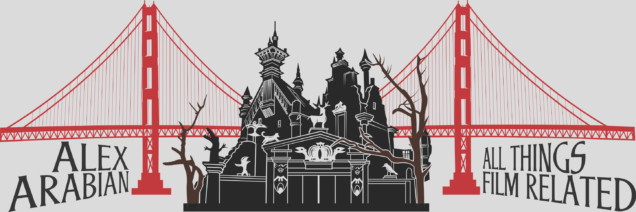


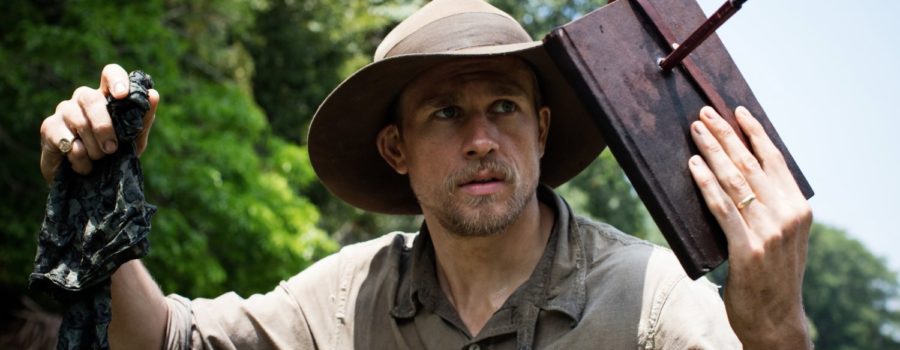
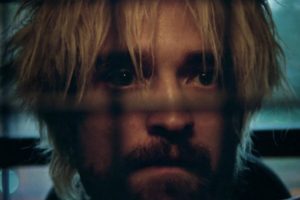
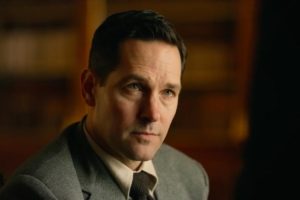
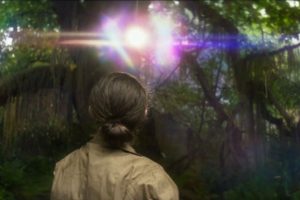
2 Comments
Leave your reply.